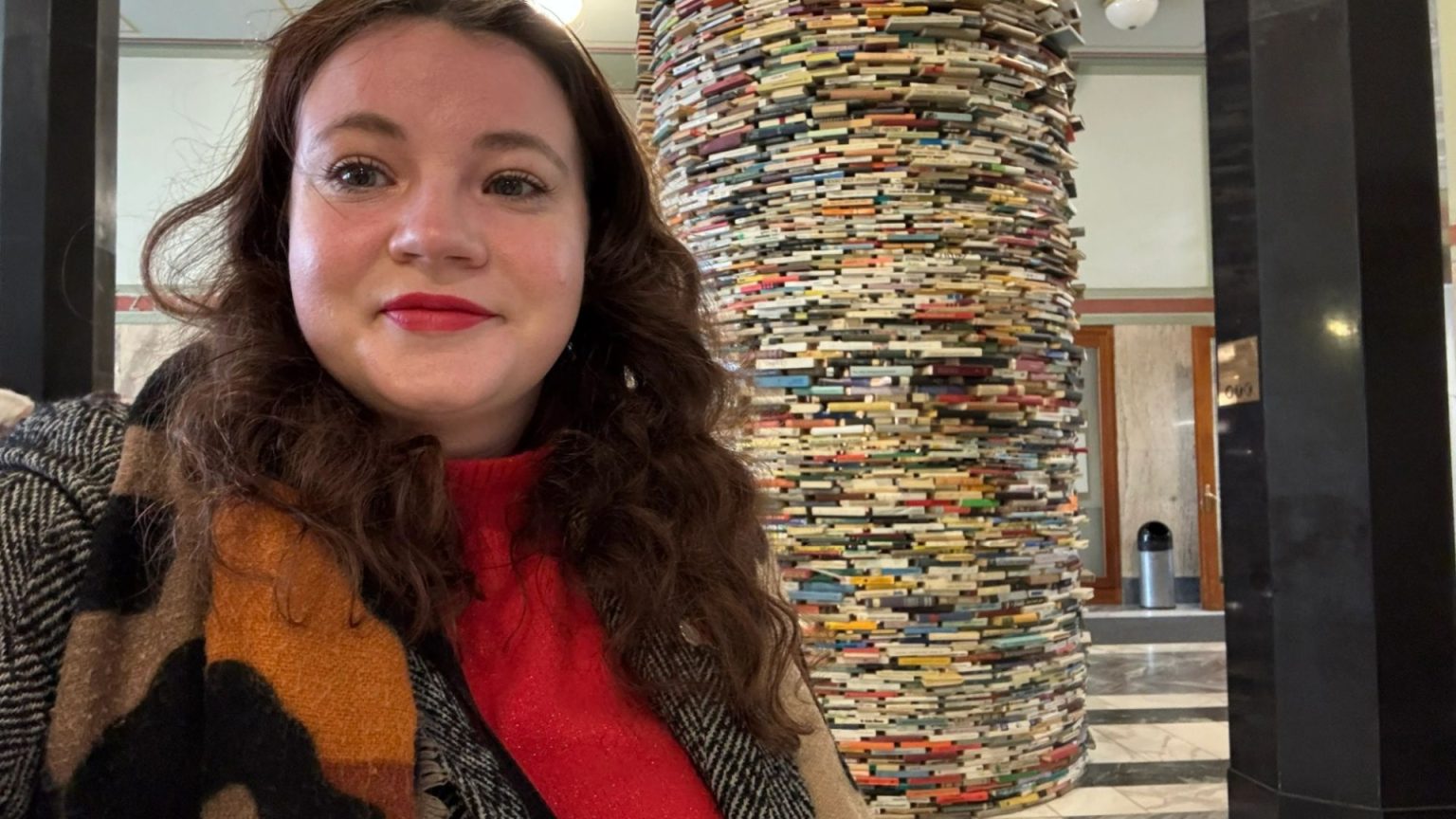The allure of TikTok, with its endless stream of visually captivating travel content, has become a powerful influencer for millennials and Gen Z, often serving as the primary source of inspiration for their travel plans. However, the curated and often superficial nature of these short-form videos can lead to a disconnect between expectation and reality. This essay explores the pitfalls of relying solely on TikTok for travel inspiration, illustrated by a personal anecdote of a trip to Prague heavily influenced by the platform. The experience highlights the tendency of TikTok to prioritize aesthetics over substance, resulting in overcrowded tourist traps and a diluted travel experience.
The initial spark for the Prague trip came from a TikTok video showcasing the visually stunning Infinity Book Tower within the Municipal Library. The algorithm, cleverly targeting the author’s interests in reading and travel, successfully planted the seed for a two-day detour to the Czech capital. However, upon arrival, the reality of the situation proved less enchanting. The Infinity Book Tower, while visually appealing, was besieged by a throng of tourists, all vying for the perfect Instagrammable moment. This unforeseen queue, not depicted in the idyllic TikTok portrayals, led to a frustrating wait in the cold, highlighting the platform’s tendency to gloss over the less glamorous aspects of travel. While the eventual experience inside the tower was visually interesting, the author quickly felt it was overrated compared to other, less-hyped attractions in Prague.
This experience mirrors a pattern of underwhelming travel experiences driven by TikTok trends. A previous trip to Bratislava, inspired by a video showcasing the city’s picturesque Blue Church, ended in disappointment. The church was closed upon arrival, leaving the author with nothing more than a fleeting photo opportunity outside. The church, primarily a place of worship, operated on limited hours, a crucial detail omitted from the TikTok narrative. This incident underscores the importance of thorough research and planning beyond the superficial glimpses offered by social media.
Similarly, dining experiences guided by TikTok recommendations often led to overcrowded, tourist-centric restaurants. While the food at establishments like Meatballs for the People in Stockholm and Trattoria Zà Zà in Florence was undeniably good, the ambiance lacked the authentic local flavor the author sought. Trattoria Zà Zà, in particular, felt geared towards American tourists with its large portion sizes and generic aesthetic, a far cry from the intimate, family-run trattorias typically associated with Italian dining. These experiences collectively reinforce the notion that TikTok-driven travel often prioritizes aesthetics and popularity over genuine cultural immersion.
The overarching theme emerging from these anecdotes is the inherent superficiality of TikTok as a primary travel resource. While visually appealing, the platform often presents a sanitized and idealized version of reality, neglecting the practicalities and potential downsides of visiting these heavily promoted destinations. The focus on visual appeal and shareability can lead to overcrowded attractions, inflated prices, and a diluted cultural experience. The author’s decision to return to traditional guidebooks signifies a shift towards a more informed and nuanced approach to travel planning.
While acknowledging the shortcomings of TikTok as a primary travel tool, it’s important to recognize the platform’s potential for sharing genuinely useful travel hacks. Tips like using Google Flights to track airfare fluctuations, avoiding baggage fees with clever packing techniques, sharing flight details via text, and calling hotels directly for better deals can be valuable resources for budget-conscious travelers. These practical tips, often shared by experienced travelers on the platform, offer a redeeming quality to TikTok’s travel content. However, the key takeaway remains: TikTok should be used as a supplementary tool for travel inspiration, not the sole source of information. The pursuit of authentic and fulfilling travel experiences requires a deeper level of research, planning, and a willingness to venture beyond the curated world of social media trends.











